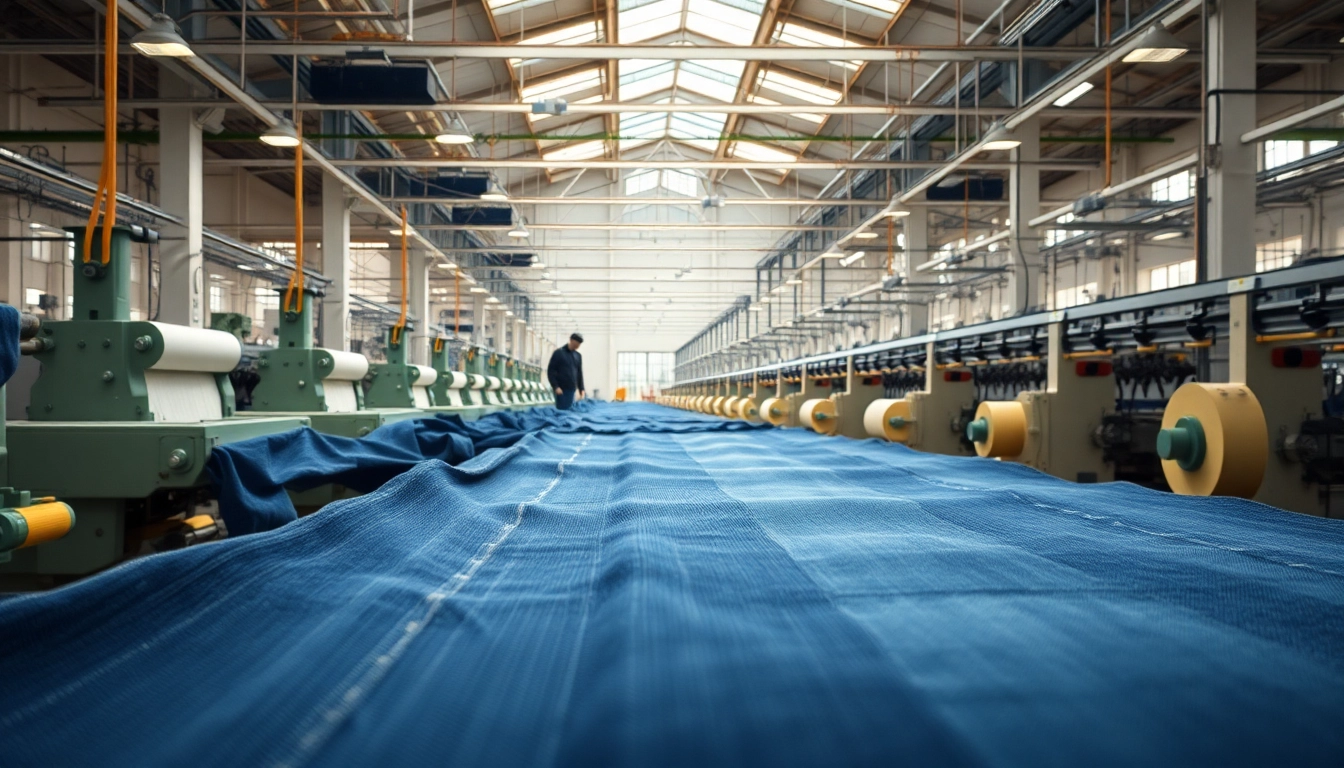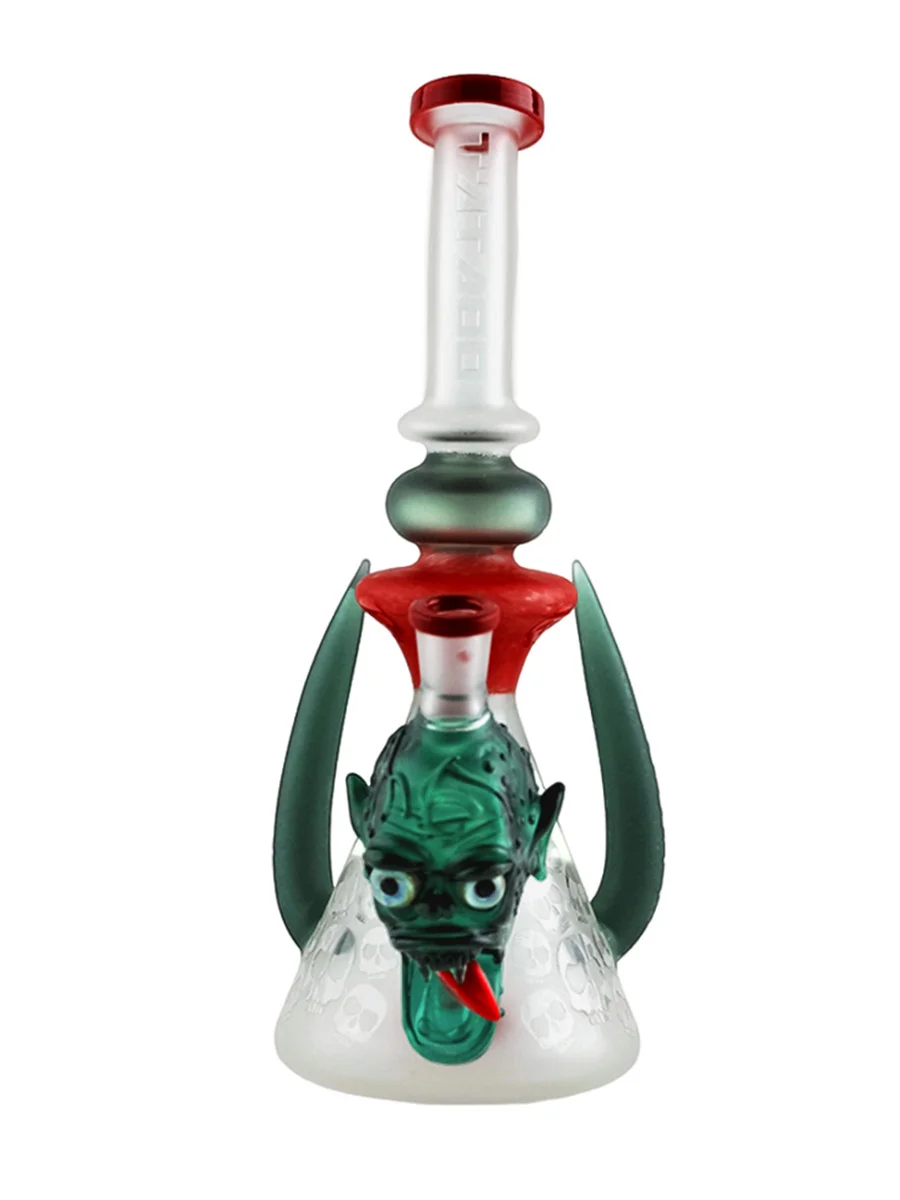Understanding Jeans Fabric Manufacturing
Jeans have transcended their utilitarian beginnings to become a dominant staple in global fashion. The evolution of denim fabric, the cornerstone of jeans manufacturing, reflects technological advancements and changing consumer preferences. As we delve into the world of jeans fabric manufacturers, it’s essential to understand the fabric’s history, various types, and the techniques employed in its production.
History of Denim Fabric
Denim has a rich history dating back to the late 17th century in France, where it was originally woven in the town of Nîmes. The fabric was made from cotton and was noted for its durability, making it a popular choice for work garments. In the 19th century, denim gained immense popularity as miners and laborers adopted it as their fabric of choice due to its robustness. The invention of the blue jean by Levi Strauss in 1873 marked a pivotal moment in both fashion and fabric manufacturing, giving birth to a timeless classic that continues to evolve.
Types of Denim Fabrics
Denim fabrics come in a variety of types, each defined by its unique characteristics and weaves. The most common types include:
- Raw Denim: Unwashed and untreated, raw denim tends to develop a unique character over time as it ages, leading to personalized fade patterns.
- Selvedge Denim: Known for its clean and finished edges, selvedge denim is woven on traditional shuttle looms, offering tighter construction and often a higher quality.
- Stretch Denim: A blend of cotton and elastane, stretch denim provides additional comfort and flexibility, making it popular for stylish jeans.
- Washed Denim: Pre-washed to reduce shrinkage and soften the fabric, washed denim has a softer feel and often a lighter color. This type is commonly used in fashion-forward collections.
- Colored Denim: Beyond traditional blue, colored denim comes in various hues and patterns, providing consumers with an array of options for self-expression.
Manufacturing Techniques
The manufacturing of denim involves a series of intricate techniques that impact both the quality and the aesthetic of the finished product. Key techniques include:
- Weaving: Denim is traditionally woven using the twill weaving method, where the weft thread passes under two or more warp threads, creating the characteristic diagonal ribbing.
- Dyeing: The dyeing process typically involves the use of indigo. The technique known as rope dyeing allows the yarn to absorb dye gradually, resulting in varying shades.
- Finishing: After weaving, denim undergoes several finishing processes, including washing, distressing, and reinforcing, to enhance its aesthetic appeal and durability.
Choosing the Right Denim Fabric
Selecting the appropriate denim fabric is crucial for both manufacturers and consumers. Several factors come into play when making this decision.
Quality Indicators in Denim Fabrics
Quality indicators of denim fabrics include weight, weave density, and dye quality. Typically, high-quality denim weighs between 12 to 16 ounces per yard. Weave density also plays an essential role; tighter weaves result in more durable fabrics that resist wear and tear. Lastly, the quality of indigo dye used affects not only the color vibrancy but also the fabric’s longevity.
Eco-Friendly Denim Options
Sustainability is becoming increasingly important in fabric manufacturing. Eco-friendly denim options incorporate organic cotton and eco-conscious dyeing processes that minimize environmental impact. Manufacturers are exploring alternative fibers, such as Tencel, and are adopting water-saving technologies to appeal to environmentally conscious consumers.
Fabric Weight and Application
Fabric weight significantly influences denim’s suitability for various applications. Heavier weights, ideal for structural garments like jackets and workwear, provide robustness. On the other hand, lighter weights are preferred for everyday wear and comfort. Understanding the fabric application is essential for manufacturers to cater to specific market demands.
Leading Techniques in Denim Production
The denim production landscape is continuously evolving with innovative techniques that aim to enhance efficiency and sustainability.
Weaving Methods Explained
The classic shuttle loom technique for weaving denim is increasingly being complemented by modern methods. Innovations such as air-jet looms allow for faster production rates while maintaining fabric quality. Understanding these weaving methods helps fabric manufacturers optimize their production processes and meet diverse consumer needs.
Finishing Processes
Finishing processes are crucial in dictating the final look and feel of denim products. Techniques such as stone washing, enzyme washing, and laser treatments create desired effects, from vintage vibes to modern aesthetics. These processes not only enhance the fabric’s appearance but also contribute to its softness, ensuring a comfortable fit for consumers.
Innovations in Denim Fabric Technology
Technological advancements in denim production have led to the development of new fabric blends that improve performance. Innovations include developing moisture-wicking denim and fabrics that incorporate performance-enhancing properties, catering to active consumers seeking functionality without sacrificing style.
Market Trends and Consumer Preferences
Understanding market trends and evolving consumer preferences is essential for denim fabric manufacturers aiming to stay competitive in the industry.
Current Trends in Denim Manufacturing
Trends such as the rise of vintage styles, distressed finishes, and the popularity of unisex designs are shaping the denim landscape. Manufacturers must adapt to these evolving styles by being flexible in their production techniques and material choices.
Impact of Sustainability on Production
Sustainability is swiftly becoming a deciding factor in consumer purchasing behavior. Brands offering eco-friendly denim made from organic, recycled materials resonate with today’s environmentally conscious consumers. As a result, companies are reevaluating their supply chain practices and focusing on responsible sourcing and manufacturing.
Consumer Choices and Trends in Denim
Today’s consumers are more informed and selective about their purchases, prioritizing quality, ethical production, and unique designs. Denim brands are responding by emphasizing transparency in their manufacturing processes and fostering direct relationships with consumers through digital platforms.
Future of Jeans Fabric Manufacturing
The future of jeans fabric manufacturing is bright, with an emphasis on technology, sustainability, and consumer engagement driving innovation.
Technological Advancements in Production
As technology continues to evolve, manufacturers can utilize data analytics and automation to enhance efficiency and cut production costs. Predictive modeling aids in understanding consumer demand, enabling brands to produce just-in-time inventory and reduce waste.
Challenges Facing Manufacturers
Despite opportunities, denim manufacturers face significant challenges such as fluctuating raw material costs, environmental regulations, and the necessity to innovate in design and manufacturing. Companies must remain adaptable, integrating new technologies while maintaining adherence to sustainable practices to thrive.
Opportunities for Growth in the Denim Industry
Identifying niche markets, such as adaptive denim for people with disabilities and maintaining a focus on customization, provide manufacturers with unique growth opportunities. Innovative collaborations between denim brands and tech companies offer prospects for creating hybrid products that appeal to a broader consumer base.



